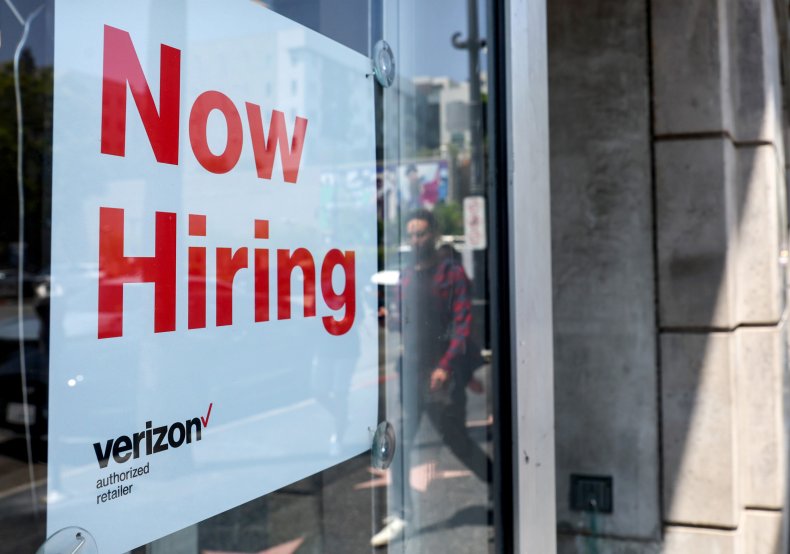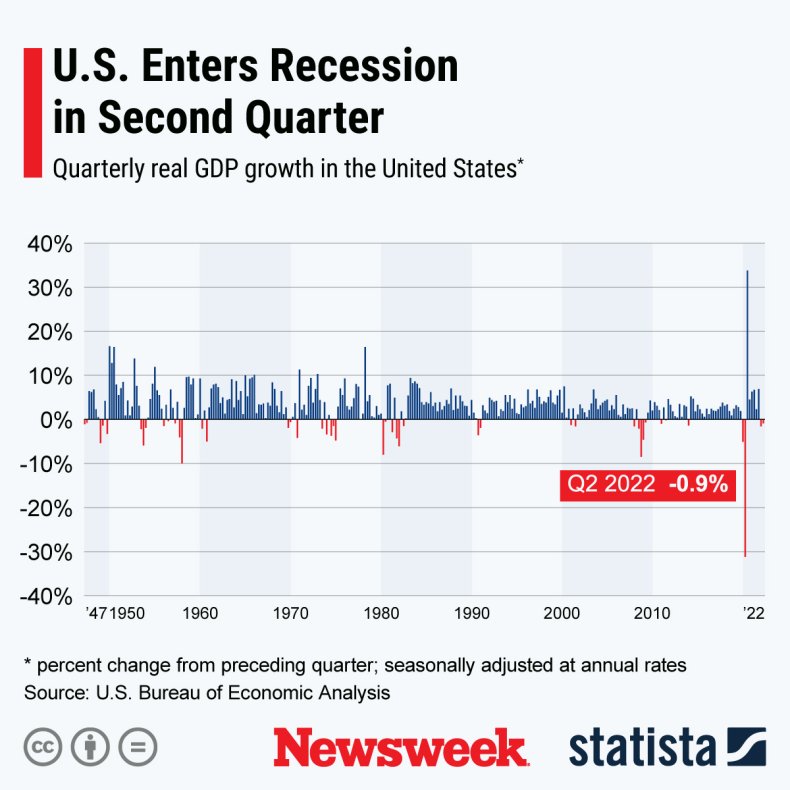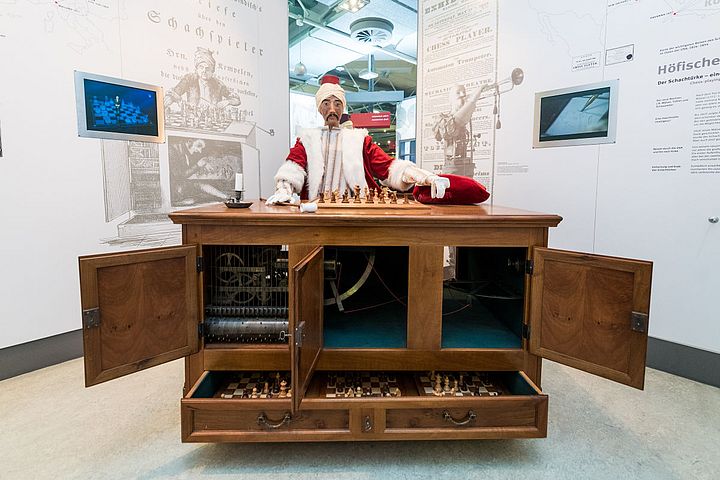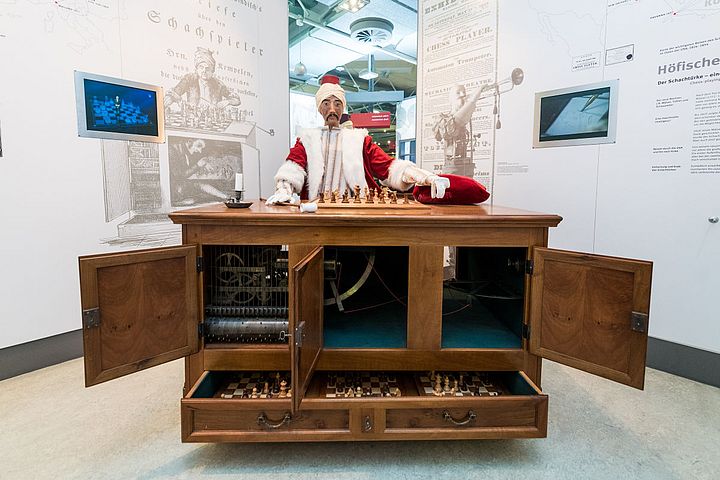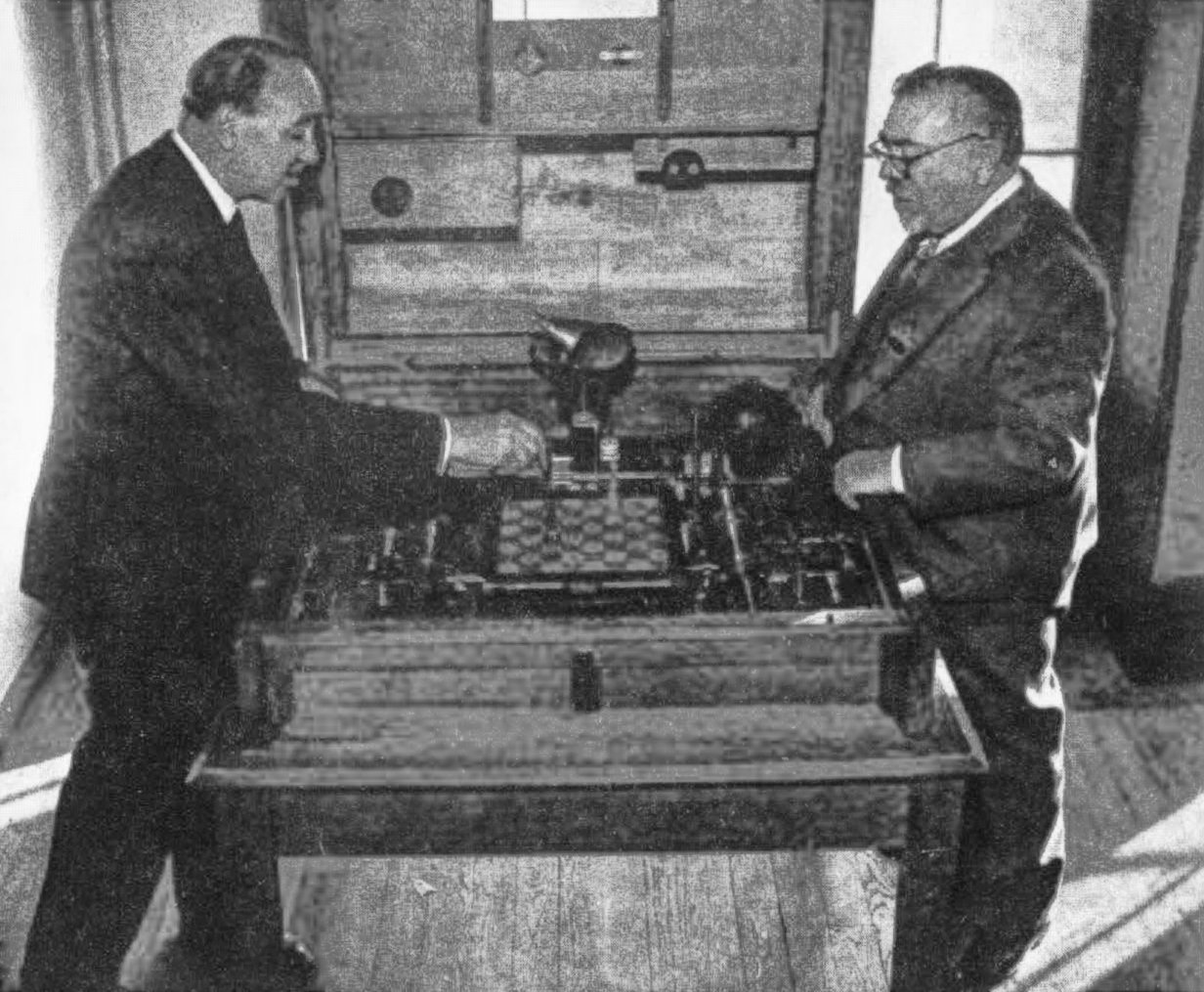By Brian Murphy
July 28, 2022
As the British research vessel RRS Shackleton steamed toward Antarctica in 1971, scientist James Lovelock was a familiar presence on deck along with his invention: an ultrasensitive instrument that could detect virtually any trace of pollutants and other environmental toxins.
Even in the most remote reaches of the South Atlantic, Dr. Lovelock’s device found that the air carried chlorofluorocarbons then used in aerosols, refrigerants and other commercial applications.
It was a moment where the major threads of Dr. Lovelock’s groundbreaking work and theories began to braid into one. He was already exploring his hypothesis that Earth itself is a fully interwoven ecosystem — “like a gigantic living thing” — that can self-regulate to sustain life.
The readings from the ship brought a sharper edge to his Gaia theory, named after the Greek goddess who personified the Earth. It showed no place on the planet was untouched by man-made threats to the environment, findings that helped launch Dr. Lovelock’s reputation as a planetary caretaker with an ailing patient.
“The biosphere and I are both in the last 1% or our lives,” Dr. Lovelock told the Guardian in 2020. It was an environmental warning repeated in many variations during a more than 80-year career of remarkable scientific range and originality — winning widespread praise as a visionary and scorn as a doomsday fatalist.
These overlapping roles — inventor, researcher, moralist, provocateur — were worn with pride by Dr. Lovelock, who died July 26 at his home in Abbotsbury, on England’s southwest Dorset coast, on his 103rd birthday.
James Lovelock's work: Climate change personified
British journalist Jonathan Watts called Dr. Lovelock the “Forrest Gump of science”: turning up at just the right times to have major influences on the environmental studies and the understanding of climate change and the interconnectivity of the world’s ecosystem.
“He was the ultimate big thinker on the subject,” said Watts, the global environmental editor of the Guardian who is writing a biography of Dr. Lovelock.
Dr. Lovelock used his sweeping Gaia theory as an entry point for specific challenges to ease a planet under stress. He broke with eco-allies to promote nuclear power, and backed agro-giant farming and genetic modifications for more sustainable crops. He shrugged off policies on renewable energy and carbon-cutting goals as too incremental. Just “faffing around,” he said.
In the end, it’s up to humanity to make huge and revolutionary accommodations to live with Earth — “an ultra-high-tech, low-energy civilization,” he wrote — or the planet to find a way to live without humans.
“The question is not how humanity can retain its planetary dominance, which was always an illusion,” Dr. Lovelock wrote in “The Revenge of Gaia” (2006), part of a series of “Gaia” books over four decades. “It is whether humanity can use science and technology to mount a sustainable retreat.”
Inventor from necessity
James Ephraim Lovelock was born in Letchworth Garden City, about 30 miles north of London, on July 26, 1919. He lived his first years with his grandparents, then joined his parents in London’s Brixton Hill, where his father ran an art shop and his mother worked in the town offices.
He said his early interest in nature came from hikes in the Hertfordshire hills with his father, who taught him the names of various plants and bugs. Dr. Lovelock graduated from the University of Manchester in 1941 during World War II, but he was given conscientious objector status because of his family’s pacifist Quaker beliefs.
This time we've pushed Earth too far, says James Lovelock
He joined the government-run Medical Research Council, where he would spend the next two decades while working toward a doctorate in medicine in 1949 at the University of London. As he took on more projects, he realized the equipment of the era was not up for the tasks. So he designed his own, leading to more than 60 patents ranging from a method to freeze bull sperm to a blood-pressure gauge for scuba divers.
In 1957, he hit on his most far-reaching invention: the electron capture detector, a portable device that looked a bit like a hose nozzle and could detect infinitesimal evidence of man-made chemicals such as pesticides. It was among the most important analytical instruments of the 20th century, likened by French philosopher Bruno Latour to Galileo’s telescope but peering inside our planet rather than to the heavens.
The detector’s data became part of the scientific underpinnings for Rachel Carson’s 1962 book, “Silent Spring,” which helped launch the environmental movement, and later were cited in the banning of chemicals such as pesticide DDT and polychlorinated biphenyls, or PCBs, in some countries.
The device, fitted with a gas chromatograph, was with Dr. Lovelock on his Antarctic voyage, and his findings helped confirm links between chlorofluorocarbons and the hole in the ozone layer. (Chlorofluorocarbons have been banned in most countries, including the United States.)
At the dawn of the space race in 1961, Dr. Lovelock was recruited by NASA for projects that included looking for life on Mars. The first stirrings of the Gaia theory came as Dr. Lovelock and a colleague at NASA’s Jet Propulsion Laboratory in Pasadena, Calif., noticed the stability of the atmospheres on Mars and Venus, while Earth was “in a deep state of disequilibrium,” he wrote in “Gaia: The Practical Science of Planetary Medicine” (1991).
“It was that moment that I glimpsed Gaia,” Dr. Lovelock wrote in 1991. “An awesome thought came to me.” A neighbor in England, “Lord of the Flies” author William Golding, suggested wrapping the ideas around the name of the Greek goddess.
Dr. Lovelock began unveiling the theory in the late 1960s in academic papers and conferences. The response was mostly dismissive. Some researchers rejected the contention that ecosystems — from subterranean bacteria to the ice crystals of the stratosphere — could work in some grand network. Evolutionary researchers said it ran counter to the laws of natural selection.
Others wrote off Dr. Lovelock as pushing Age of Aquarius quasi-science with a gloss of Earth Mother spirituality.
“I have a suspicion that the Earth behaves like a gigantic living thing,” Dr. Lovelock said in a 1969 speech, echoing an 18th-century forerunner, Scottish geologist James Hutton, who described the planet as a “superorganism.”
A few colleagues, among them evolutionary biologist Lynn Margulis, became early acolytes and helped bring Gaia into widespread acceptance and the bedrock principles of a discipline known as earth system science.
Lynn Margulis, leading evolutionary biologist, dies at 73
Dr. Lovelock remained a tireless champion of Gaia, giving interviews just weeks before his death. He favored simple analogies to explain what he saw as a world on the brink. One story was his imagined Daisy World: The hypothetical planet’s black daisies absorb light and warm the planet; the white daisies reflect light and keep it planet cool; a change in the balance could be catastrophic.
He married Sandra Orchard in 1991. In addition to his wife, he is survived by four children from his first marriage to Helen Hyslop, who died in 1989; and grandchildren.
At a lecture in 2011, he said he had no plans to retire because of the urgency of climate change. “The need to do something about it now,” he said.
His final years, in a cottage near the sea, were spent vacillating between optimism about mankind’s resilience and dread about its refusal to deal with the perils at hand.
“The Gaia hypothesis is for those who like to walk or simply stand and stare, to wonder about the Earth and the life it bears, and to speculate about the consequences of our own presence here,” he wrote in “Gaia: A New Look at Life on Earth,” his seminal 1979 book. “It is an alternative to that pessimistic view which sees nature as a primitive force to be subdued and conquered.”
By Brian MurphyBrian Murphy joined The Washington Post after more than 20 years as a foreign correspondent and bureau chief for the Associated Press in Europe and the Middle East. Murphy has reported from more than 50 countries and has written four books. Twitter




